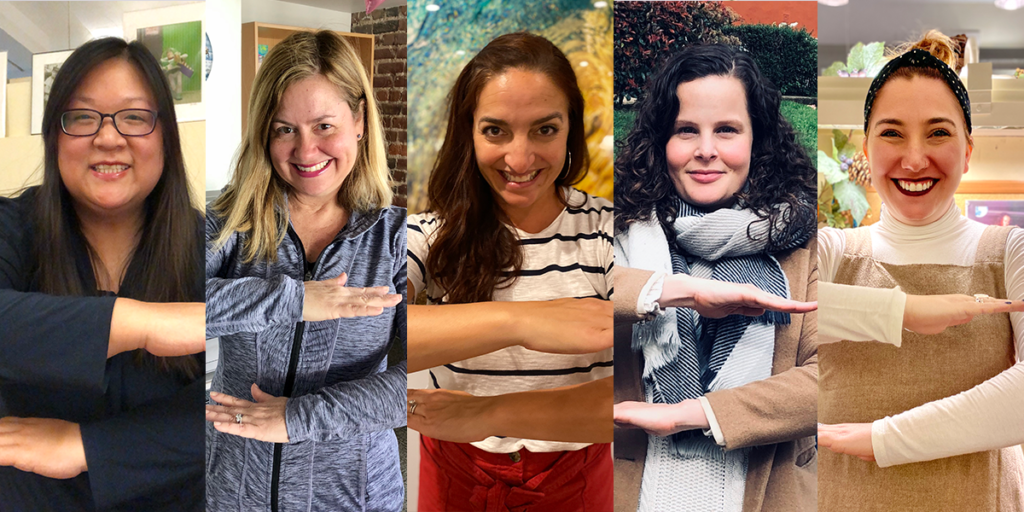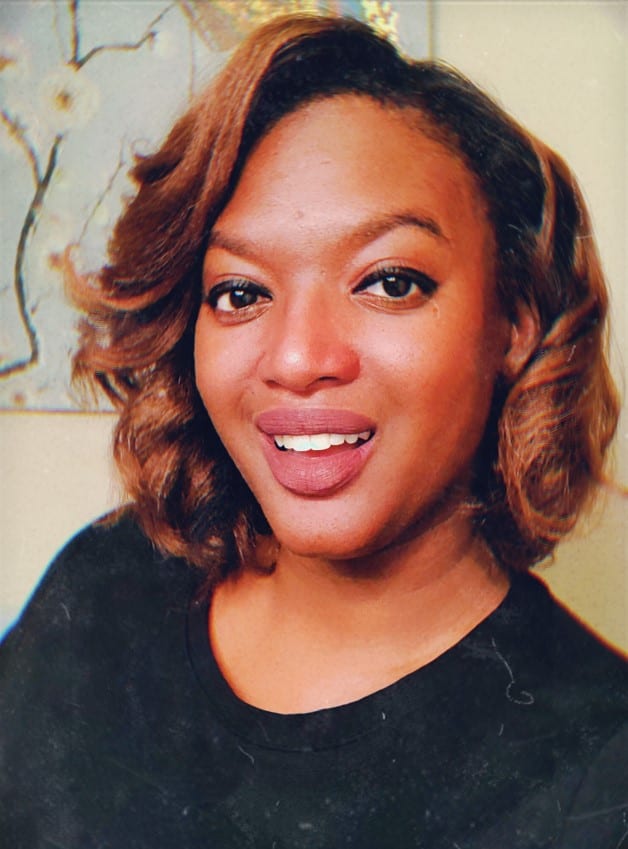As a woman working in communications, I find International Women’s Day one of the most inspiring times of the year. I’m surrounded by creative, intelligent, accomplished women every day, but seeing them actively celebrated across all of my social media channels and in the media fills me with energy and hope.
This year I’m especially inspired. When reviewing IWD’s #EachforEqual theme, urging us to forge a more gender-equal world, I was drawn to one of its 2020 missions: “to increase the visibility of women creatives.” Ketchum is full of creative women, so I had the idea to go directly to them and ask for their own ideas on how we can create a more gender-equal world.
The range of responses that they came back with shows the diverse thinking they’ve brought to the challenge, along with their deep commitment to being a force for good. I hope you’ll join me today in celebrating these incredible women—both at Ketchum, and everywhere that creativity lives!
 Tera Miller, Partner, Executive Creative Director, North America
Tera Miller, Partner, Executive Creative Director, North America
While by definition, #EachforEqual is asking everyone to share responsibility for ensuring gender equality, it all starts with women having an equality mindset. This means we ignore the devil on our shoulders saying we aren’t deserving, we aren’t good enough, we are unsure, we don’t fit the mold. Instead, we need to be braver, bolder. My idea is to work with an artisan to craft brass rings that could be used as paper weights, key rings or even bracelets. Engrave the rings with the word “mine” to remind the owner that the brass ring we all strive for is ours for the taking. Sell the rings to benefit a gender equality charity. Because we can wait to be offered the brass ring, or we can claim it as our own.
Ruth Yearley, Director of Insight & Strategy
We work in communication, so we know that words are powerful. The accepted belief is that “Sticks and stones may break your bones but words will never hurt you.” Oh yes they will. Let’s launch the Sticks and Stones Movement and commit to calling out gendered language. When a group of women are called girls, don’t accept it; or when a sister is labelled as feisty (what’s the male equivalency? Strident, strong?) or someone says women are gossiping when men are networking—call it out. Challenge the words, and the behaviours will follow #dontsaythat
Lauren Sugarman, SVP, Strategic & Creative Planner
Don’t forget about the boys. They need to receive the same gender-equal messages as girls—not just to respect girls as their equals but to know that they are equally empowered to be true to themselves and define masculinity as they see fit.
Wendy Joong, VP, Strategic & Creative Planning
Re-brand “sex education” to “gender education” and expand it from beyond teaching young people about sexuality/health to also include gender differences/similarities/myths, gender-equality issues, internalized sexism, etc.
Cecilia Bandeira, Digital Specialist
The way to modify mindsets is to promote dialogue and not hate. We need to talk with people who do not agree with gender equality, or who do not understand why we need it, in a personalized way, in an environment where they feel comfortable. To do this, we can conduct a social listening study to better understand who these people are, why they think the way they do, by whom they are influenced, what types of content they consume, and in what media. This can help us discover the right ways to communicate them, through the right media and with the right messages, to show them the other side of the conversation.
Katie Illera, Senior Manager, Business Development
We need to start with our youth. Let’s create a video game à la The Sims where the only way to win is to create a perfectly balanced and gender-equal world, teaching kids the importance of diverse perspectives and inspiring ways to systematically change gender inequality.
Angela Fernandez, SVP, Creative & Strategic Planning
Being able to achieve a gender-equal world means being able to see it, to envision it. Let’s create a gallery of images (stock photography, social media, outdoor billboards) that help people get accustomed to seeing what a gender-equal world looks like: more female presidents, female CEOs, female surgeons, female directors, female creative directors and so on.
Geraldine Mollard, Designer
Sara Armondi, Senior Designer
We’ve named our idea “Call Me by My Surname.” No matter who we are, no matter our gender, we should be offered the same opportunity, visibility or consideration in all aspects of our life and at work, and in the recruitment area especially. If future employers are not given our first name and gender before an interview, some of them wouldn’t presume what we are able to do based on this criteria. Instead they will look at our competences, skills, background. Which we all expect.
Carla Salomão, Account Executive
I believe that one of the roads to gender equality is through racial diversity. To see more black people, and particularly black women, in the workplace will help companies expand their perspectives and result in greater equality for all. With this in mind, I propose that employers create a video to be disseminated across all channels in which black employees could discuss the benefits of working in a company that maintains an environment of equality and diversity. Along with the video, I propose that companies’ HR departments conduct a round of conversations with recruitment companies aimed at the black public so that during the selection of new employees, at least one candidate is a black woman.
Kelly Kenny, Senior Creative Planner
We all know how important it is to point out when someone’s bias is showing. How else can we learn? But as tensions run high culturally, those conversations are increasingly difficult to have without putting someone immediately on the defense. To help women lead those conversations with love, we’ll create the “You’re Great, But That Was Sexist” Greeting Card Company.” Cards will come with customizable insides that help the reader understand their bias, how they might address it, and the sender’s contact information in case they’d like to talk about it further.
Anna Sandreuter, Assistant Account Executive
To create a gender–equal world, we have to see a gender–equal world. A world where women can see they are just as capable of achieving brilliance as men are. To demonstrate this, we can use the photos and faces of women that we’re capturing for the #EachforEqual campaign to create custom animations of important male icons morphing into these women’s faces, showing that, for every successful man, there’s a woman who is just as capable.
Camilla Conde, Account Executive
Well, I can’t answer that question without automatically thinking about my daughter, and the world I want to leave for her and the person I want her to be. And that makes me think about education. Education is power. Information is power. So, let’s give support, information and a voice to those who are the first (or second) references for our sons and daughters, their teachers. We must tell stories from a female point of view, bringing women into focus in history, science, literature and so many other areas covered in schools. We can do this by creating video classes that spread the word across participating schools, reinventing our history and letting girls and boys know that, yes, woman are power. Let’s give voice to create voices.



